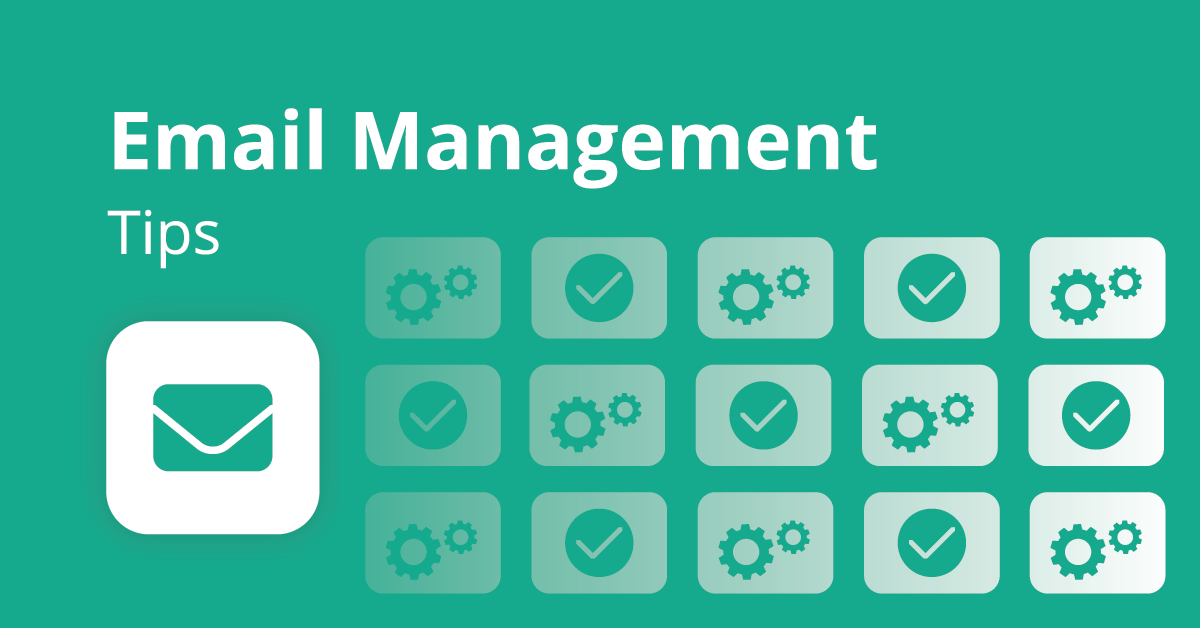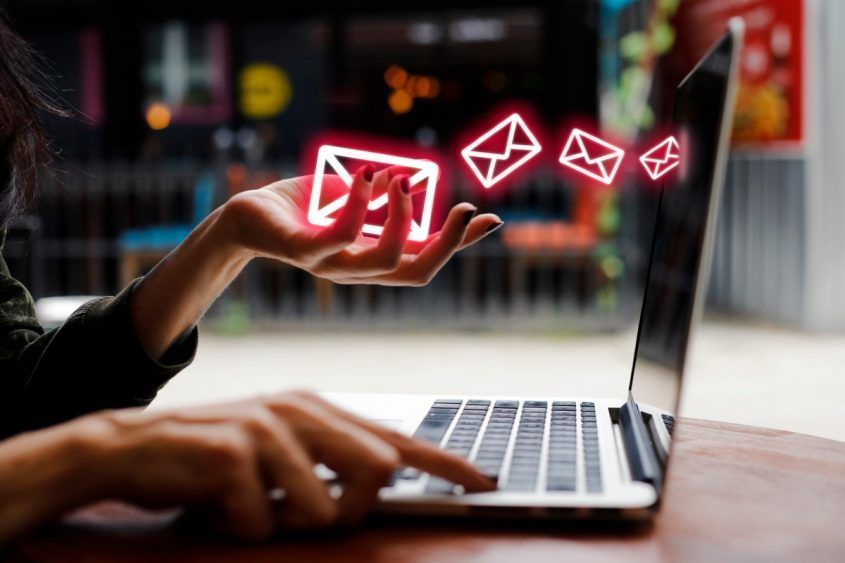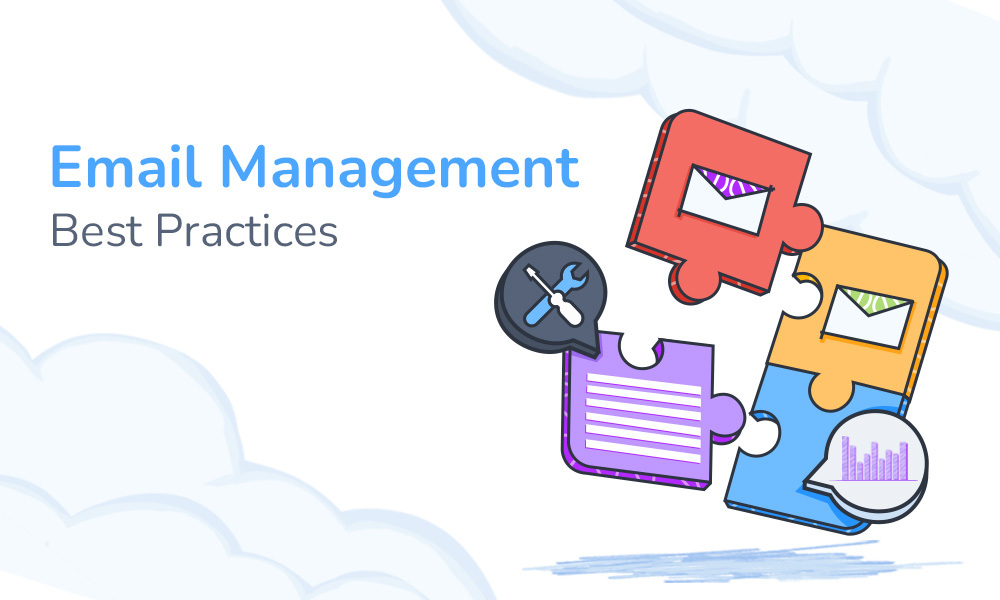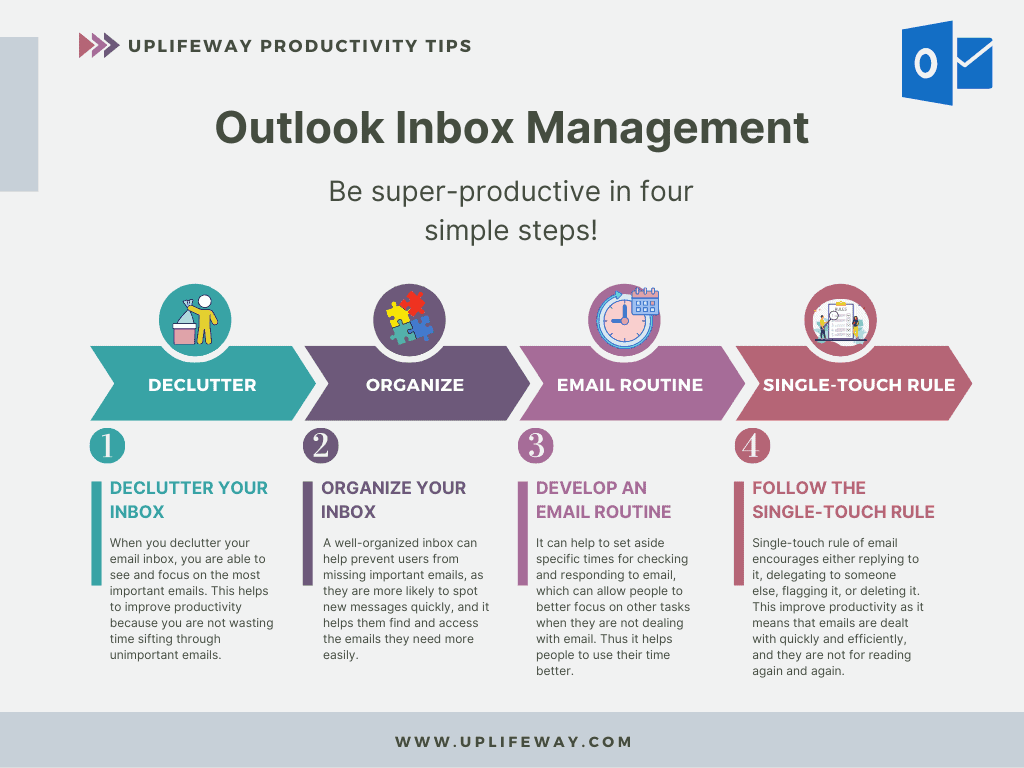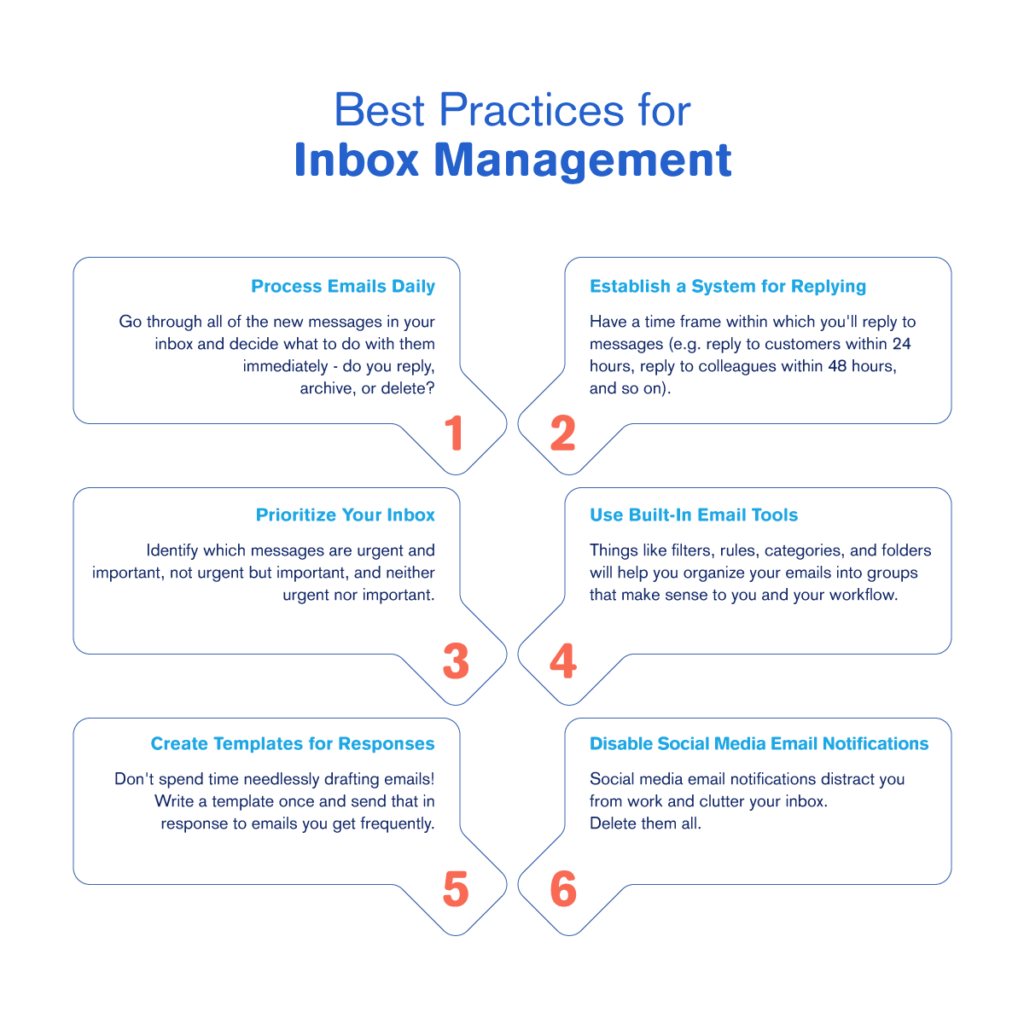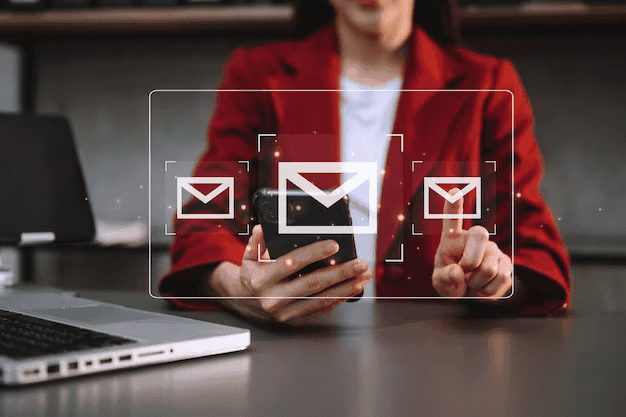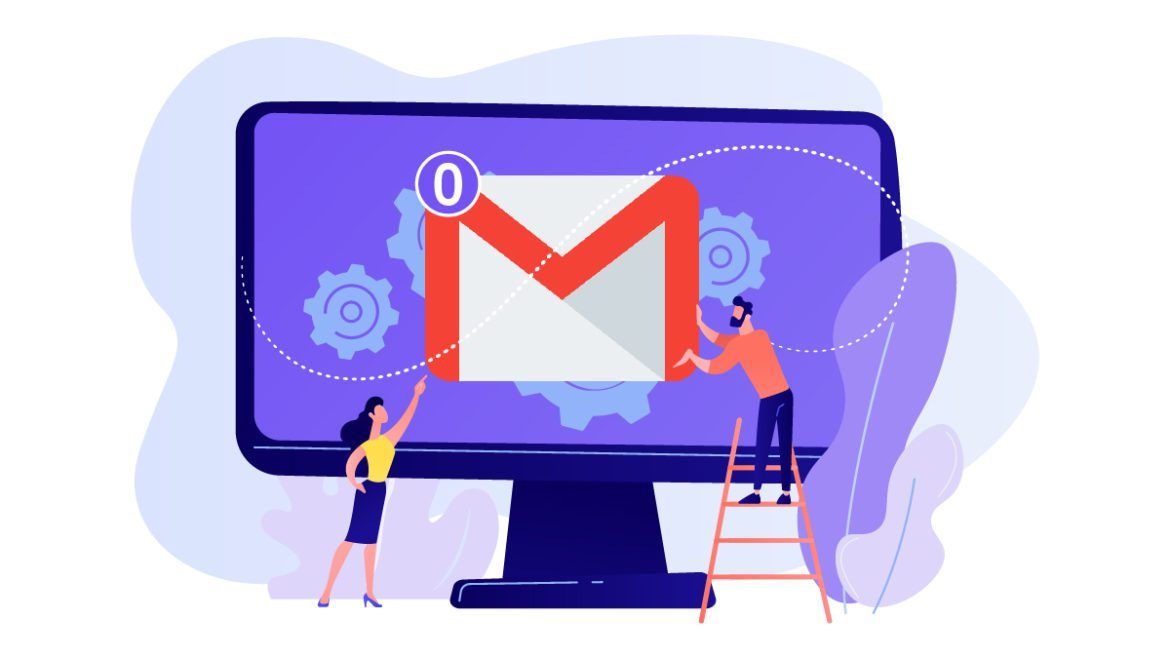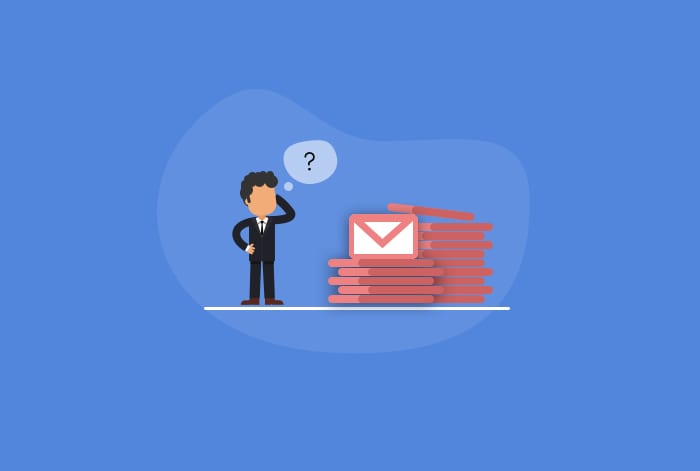Email Inbox Management Best Practices
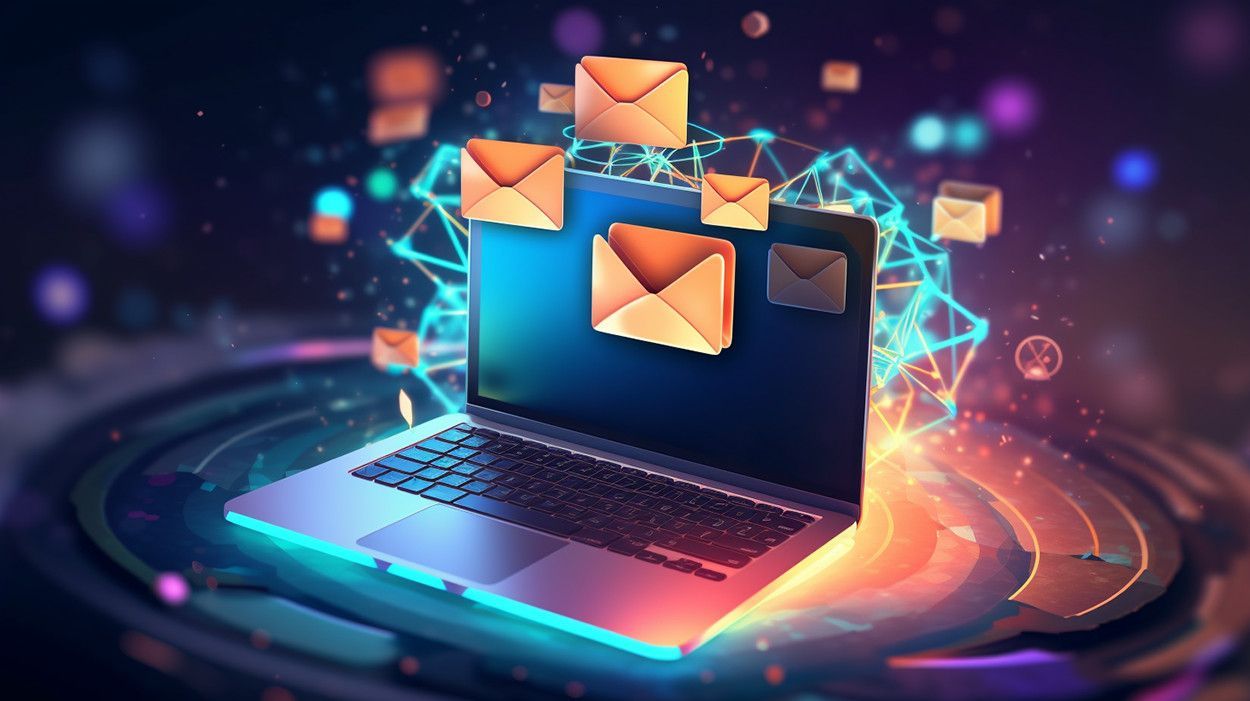
Is your inbox a black hole where important emails disappear, deadlines are missed, and stress levels rise? For value-conscious shoppers like you, time is money, and an unorganized inbox is costing you both. We'll explore email inbox management best practices and provide practical solutions to regain control without breaking the bank.
Why Email Inbox Management Matters to Value-Conscious Shoppers
Effective email management isn't just about achieving inbox zero. It's about boosting productivity, minimizing errors, and maximizing your return on invested time. When you can quickly locate crucial information, respond promptly to opportunities, and prioritize tasks effectively, you save valuable resources.
A well-managed inbox can also prevent missed deadlines, forgotten appointments, and overlooked bills. These oversights can lead to late fees, lost discounts, and damaged relationships. Investing in strategies to improve your email workflow is an investment in your overall financial well-being.
Shortlist of Email Inbox Management Tools & Techniques
Here's a breakdown of tools and techniques catering to various budgets and needs:
- For the Budget-Conscious: Gmail Filters & Labels (Free), Thunderbird (Free), Basic Folders & Rules in Outlook.
- For the Growing Professional: Mailstrom (Paid), SaneBox (Paid), Superhuman (Paid - Premium).
- For Teams: Shared Inboxes (Front, Help Scout), Project Management Integration (Asana, Trello).
Detailed Reviews
Gmail Filters & Labels (Free)
Gmail's native features are a powerful starting point. You can create filters based on senders, keywords, and other criteria to automatically sort incoming emails into labels (folders). This helps to declutter your primary inbox and prioritize essential messages.
The advantage is cost-effectiveness – it's completely free. However, the setup can be time-consuming, and the features are relatively basic compared to dedicated email management tools. Gmail is a great starting point for the budget conscious user.
Mailstrom (Paid)
Mailstrom focuses on reducing inbox clutter through bundling. It groups similar emails together, allowing you to unsubscribe, block, or delete them in bulk. This saves time and reduces inbox noise.
Mailstrom offers a more streamlined approach to unsubscribing and managing subscriptions than manual methods. The cost can be a barrier for some, and its aggressive approach might occasionally lead to accidental deletions if you're not careful.
SaneBox (Paid)
SaneBox uses AI to prioritize emails, moving unimportant messages to a separate folder. It learns your behavior over time and becomes increasingly accurate in filtering out distractions. This allows you to focus on what truly matters.
The AI-powered prioritization is a significant advantage. SaneBox is a good option for very busy professionals. While effective, it requires giving a third-party access to your inbox, which raises privacy concerns for some.
Side-by-Side Specs & Performance Scores
| Feature | Gmail Filters & Labels | Mailstrom | SaneBox |
|---|---|---|---|
| Price | Free | Paid | Paid |
| Ease of Use | Medium | High | Medium |
| Automated Prioritization | Low | Medium | High |
| Bulk Unsubscribing | Low | High | Medium |
| Customization | High | Medium | Medium |
| Performance Score (out of 5) | 3 | 4 | 4.5 |
Practical Considerations
Before investing in any tool, consider your specific needs. How much time do you spend managing email? What are your biggest pain points? Are you dealing with an overwhelming number of subscriptions, or are you simply struggling to prioritize messages?
If you're on a tight budget, start with free options like Gmail filters and labels. Experiment with different configurations to see what works best for you. If you're willing to invest in a paid solution, weigh the cost against the potential time savings and productivity gains.
Remember to factor in the learning curve. Some tools require more setup and configuration than others. Choose a solution that you're comfortable using and that aligns with your technical skills.
Email Inbox Management Best Practices
Regardless of the tools you use, these best practices will improve your email workflow.
- Unsubscribe ruthlessly: Get rid of newsletters and promotions you no longer read.
- Use filters and labels: Automatically sort incoming emails based on sender, subject, or keywords.
- Set aside dedicated email time: Avoid checking email constantly throughout the day.
- Use the "two-minute rule": If you can respond to an email in two minutes or less, do it immediately.
- Archive or delete: Don't let your inbox become a repository for old messages.
Key Takeaways
Effective email inbox management is crucial for value-conscious shoppers looking to maximize productivity and minimize wasted time. Free tools like Gmail filters and labels offer a starting point, while paid solutions like Mailstrom and SaneBox provide more advanced features.
Consider your specific needs, budget, and technical skills when choosing a solution. Implementing best practices, such as unsubscribing from unwanted emails and setting aside dedicated email time, will further enhance your workflow.
Don't let your inbox control you. Take control of your inbox and free up valuable time for the things that matter most.
Call to Action
Ready to reclaim your inbox and boost your productivity? Start today by implementing the free techniques discussed in this article. Explore the paid options if you need more advanced features. Take the first step towards a more organized and efficient email experience.
Frequently Asked Questions (FAQ)
Q: What is "Inbox Zero"?
A: Inbox Zero is a philosophy that aims to keep your inbox empty or nearly empty at all times. It's not just about deleting emails, but about processing them efficiently and moving them out of your inbox.
Q: Are paid email management tools worth the investment?
A: It depends on your individual needs and how much time you spend managing email. If you're constantly overwhelmed by a flood of messages, a paid tool can save you significant time and improve your focus. Consider starting with a free trial to see if it's a good fit.
Q: How often should I check my email?
A: It's best to avoid checking email constantly throughout the day. Set aside dedicated times to process your inbox, such as twice a day or once in the morning and once in the afternoon. This will help you stay focused and avoid distractions.
Q: What should I do with emails I need to keep for future reference?
A: Create a well-organized folder or label system to store important emails. This will make it easy to find them when you need them.
Q: How can I reduce the amount of spam I receive?
A: Be cautious about sharing your email address online. Avoid clicking on suspicious links or opening emails from unknown senders. Use a spam filter to automatically block unwanted messages.
